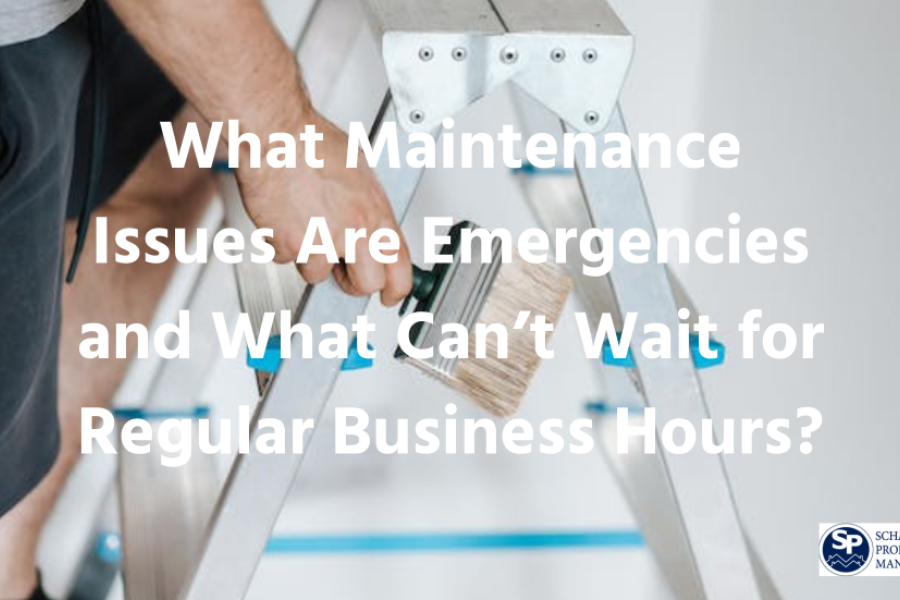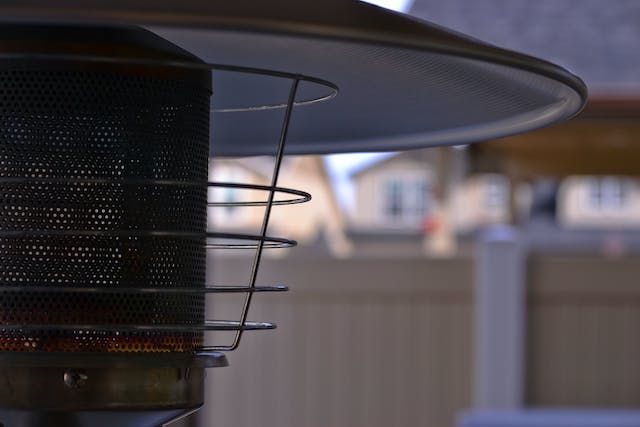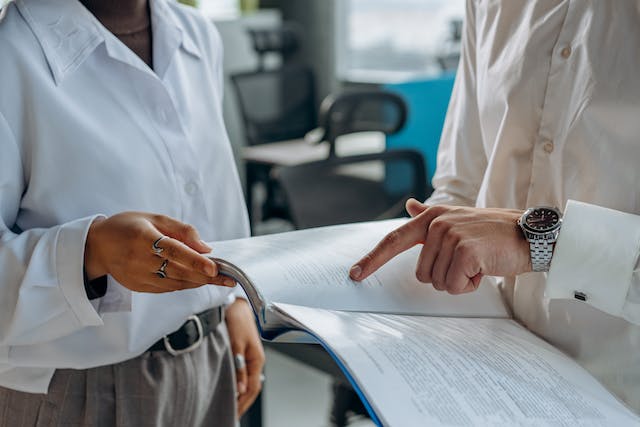
Maintaining your rental property is crucial for ensuring tenant satisfaction and preserving the value of your investment.
One of the key challenges in property management is distinguishing between maintenance issues that require immediate attention and those that can't wait for regular business hours.
Understanding this distinction can save you time, money, and provide a better living experience for your tenants.
This article put together by Schambs Property Management helps landlords differentiate emergencies from what aren’t and provides essential tips to address either situations effectively.
Emergency Maintenance Issues
When it comes to emergencies in rental properties, prompt action is essential to prevent further damage and ensure tenant safety. Examples of maintenance issues that constitute emergencies include:
- Fire. Immediate response is critical to safeguard tenants and property from fire hazards.
- Flooding. Whether from severe weather or plumbing failures, quick action can minimize water damage.
- Gas leaks or broken gas lines. Any suspicion of a gas leak poses a serious risk and requires prompt attention.
- Sewer backups and floods. Addressing sewage backups swiftly is essential to prevent health hazards and property damage.
- Lack of heat in winter. Ensuring heating systems work properly during colder months is vital for tenant comfort and safety.

- Lack of air conditioning in extreme heat conditions. Protecting tenants from heat-related illnesses requires timely restoration of cooling systems.
- Electrical issues (including sparks, smoke, and property-wide power outages). Immediate intervention can prevent electrical hazards and inconvenience to tenants.
- Plumbing emergencies like burst pipes, major leaks, and sewage backups. Swift action is necessary to minimize water damage and health risks.
- Roof leaks. Quickly addressing roof leaks can prevent structural damage and potential hazards.
- Carbon monoxide detection. Promptly addressing carbon monoxide issues is crucial to tenant safety.
- Extended power outages. Providing assistance or alternative accommodations during prolonged outages ensures tenant welfare.
- Intruder break-ins. Securing the property promptly after a break-in protects both tenants and the rental unit.
- Broken doors or locks that compromise security. Immediate repair or replacement is essential to maintain property security.
Responding promptly to these emergencies not only ensures tenant safety but also minimizes the risk of costly repairs due to prolonged damage.
Non-Emergency Maintenance Issues
- Not all maintenance issues require immediate attention. Here are examples of non-emergency issues that can typically wait until regular business hours:
- Minor Plumbing Issues: Dripping faucets, running toilets, or slow drains can often be addressed during normal maintenance hours.
- Appliance Malfunctions: Non-critical issues with appliances such as dishwashers, refrigerators, or stoves may not require emergency repairs.
.jpg)
- Cosmetic Repairs: Non-structural issues like chipped paint, loose tiles, or minor wall cracks can be scheduled for regular maintenance.
- Routine Maintenance: Scheduled tasks like gutter cleaning, lawn care, or filter replacements can usually wait unless they pose immediate safety risks.
Tips for Landlords
Accessibility
Ensure tenants can easily contact you for maintenance concerns, including outside regular business hours. Provide clear contact information and emergency protocols.
Being accessible also means promptly addressing tenant inquiries and issues, fostering trust and a positive landlord-tenant relationship.
Urgent Response
Prioritize immediate action for critical maintenance issues to mitigate risks and prevent further damage.
Respond promptly to emergencies such as plumbing issues, gas leaks, electrical hazards, HVAC failures, and security concerns to ensure tenant safety and avoid potential liabilities.
Quick responses not only protect your property but also enhance tenant satisfaction and reduce the likelihood of costly repairs or disputes.
Effective Communication
Establish clear communication channels with tenants to handle maintenance issues efficiently. Provide emergency contact numbers and procedures for reporting urgent issues so tenants know how and when to reach you.
Regularly update tenants on maintenance schedules and ongoing repairs to keep them informed and demonstrate transparency in property management.
Effective communication fosters a positive landlord-tenant relationship, boosts tenant satisfaction, and encourages prompt reporting of maintenance concerns.
Landlord Responsibilities
Fulfill your obligations to maintain a safe and habitable environment for tenants. Conduct regular inspections to detect maintenance needs early and address them promptly to prevent escalation.
.jpg)
Maintain a financial reserve for emergency repairs and unforeseen circumstances to ensure swift resolution of maintenance issues and uphold property standards.
Proactively managing maintenance responsibilities safeguards your investment, reduces long-term maintenance costs, and enhances tenant retention through well-maintained living conditions.
Clarifying Critical Matters
Educate tenants on distinguishing between urgent and non-urgent maintenance requests. Provide clear guidelines on what constitutes an emergency versus routine maintenance, empowering tenants to prioritize their safety and property integrity.
Clear communication on these distinctions helps tenants understand when to contact you immediately versus when issues can wait for regular business hours or scheduled maintenance visits.
Educating tenants promotes proactive reporting and minimizes misunderstandings regarding maintenance priorities and response times.
Compassionate Approach
Handle maintenance requests with empathy and urgency, considering tenant safety and well-being. Respond promptly to tenant concerns and demonstrate a willingness to address issues promptly and professionally.
A compassionate approach builds trust and cooperation between landlords and tenants, enhancing the rental experience and tenant satisfaction.
Taking tenant concerns seriously and showing empathy can prevent issues from escalating and foster a harmonious landlord-tenant relationship.
Detailed Documentation
Maintain thorough records of all maintenance activities for legal protection and transparency. Document maintenance requests, repairs, and communications with tenants, including dates, details, and outcomes.
Detailed documentation showcases diligent property management practices, providing evidence in case of disputes or legal challenges.

Organized records also aid in property maintenance planning and budgeting, ensuring timely repairs and proactive maintenance to preserve property value and tenant satisfaction.
Bottom Line
In conclusion, understanding the difference between emergency and non-emergency maintenance issues is crucial for landlords.
Promptly addressing emergencies protects tenant safety and property integrity, while non-emergency issues can be managed efficiently during regular business hours.
At Schambs Property Management, we specialize in helping landlords navigate these challenges by offering 24/7 emergency maintenance services, routine inspections, and proactive maintenance strategies.
By partnering with us, landlords can ensure their properties are well-maintained, tenants are satisfied, and investments are protected for the long term.